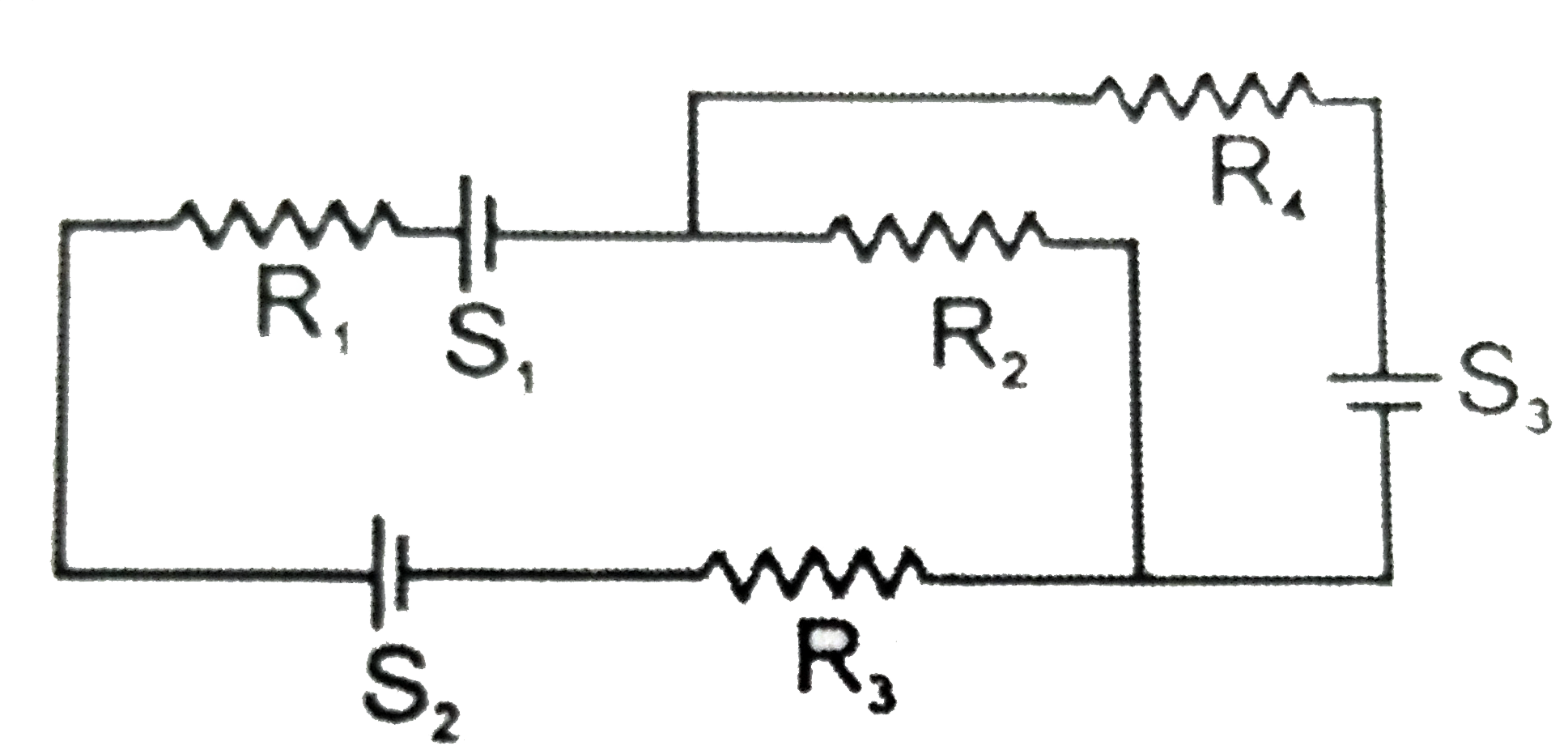The electrical appliances in a house are connected in:
series
parallel
either in series or parallel
both in series and parallel.
The correct Answer is:B
Step-by-Step Solution:
1. Understanding the Connection Types:
- In household circuits, electrical appliances can be connected in two main configurations: series and parallel.
- In a series connection, the appliances are connected one after the other, meaning the same current flows through all appliances.
- In a parallel connection, each appliance is connected directly to the voltage source, allowing them to operate independently.
2. Identifying the Configuration in Households:
- Most household appliances are connected in parallel. This is because parallel connections allow each appliance to receive the full voltage of the power supply (e.g., 220 volts in many countries).
- For example, if a heater, a bulb, and a television are connected in parallel, each appliance operates at the same voltage.
3. Advantages of Parallel Connections:
- If one appliance fails (e.g., a bulb burns out), the other appliances continue to function. This is a significant advantage of parallel connections, as it ensures that the failure of one device does not affect the operation of others.
- This independent operation is crucial for household convenience.
4. Conclusion:
- Given the explanation and the advantages of parallel connections, we conclude that the electrical appliances in a house are primarily connected in parallel.
Final Answer:
The electrical appliances in a house are connected in parallel.
---
- In household circuits, electrical appliances can be connected in two main configurations: series and parallel.
- In a series connection, the appliances are connected one after the other, meaning the same current flows through all appliances.
- In a parallel connection, each appliance is connected directly to the voltage source, allowing them to operate independently.
- Most household appliances are connected in parallel. This is because parallel connections allow each appliance to receive the full voltage of the power supply (e.g., 220 volts in many countries).
- For example, if a heater, a bulb, and a television are connected in parallel, each appliance operates at the same voltage.
- If one appliance fails (e.g., a bulb burns out), the other appliances continue to function. This is a significant advantage of parallel connections, as it ensures that the failure of one device does not affect the operation of others.
- This independent operation is crucial for household convenience.
- Given the explanation and the advantages of parallel connections, we conclude that the electrical appliances in a house are primarily connected in parallel.
The electrical appliances in a house are connected in parallel.
Topper's Solved these Questions
- HOUSEHOLD CIRCUITS BOOK - ICSECHAPTER - HOUSEHOLD CIRCUITS EXERCISE - EXERCISE -9(B)
58 Videos
- HOUSEHOLD CIRCUITS BOOK - ICSECHAPTER - HOUSEHOLD CIRCUITS EXERCISE - EXERCISE -9(B) (MULTIPLE CHOICE TYPE)
2 Videos
- HOUSEHOLD CIRCUITS BOOK - ICSECHAPTER - HOUSEHOLD CIRCUITS EXERCISE - EXERCISE -9(A)
27 Videos
- FORCE BOOK - ICSECHAPTER - FORCE EXERCISE - EXERCISE 1( C) Multiple Choice questions
2 Videos
- MACHINESBOOK - ICSECHAPTER - MACHINESEXERCISE - EXERCISE-3(B) NUMERICALS
11 Videos
Similar Questions
Knowledge Check
The electric meter in a house records the consumption of:
AchargeBcurrentCenergyDpower
Assertion : A domestic electrical appliance working on a three pin continue working even if the top pin is removed
Reason : The third pin is used only as safety device.
View SolutionHow should the electric lamps in a building be connected ?
View SolutionThe electric mains in a house are marked 220V-50Hz. Write down the equation for instantaneous voltage.
View SolutionFor earthing an electric appliance, one has to remove the paint from the metallic body of the appliance where the electric contact is made. Explain the reason.
View SolutionAssertion: In parallel combination of electrical appliances, total power consum ption is equal to the sum of the powers of the indivisual appliances.
Reason : Electrons move away from a region of lower potential to a region of higher potential.
View SolutionWhich electrical elements are connected in series ?

View SolutionThe electronic appliances that are not in use will eventually form part of
View Solution
